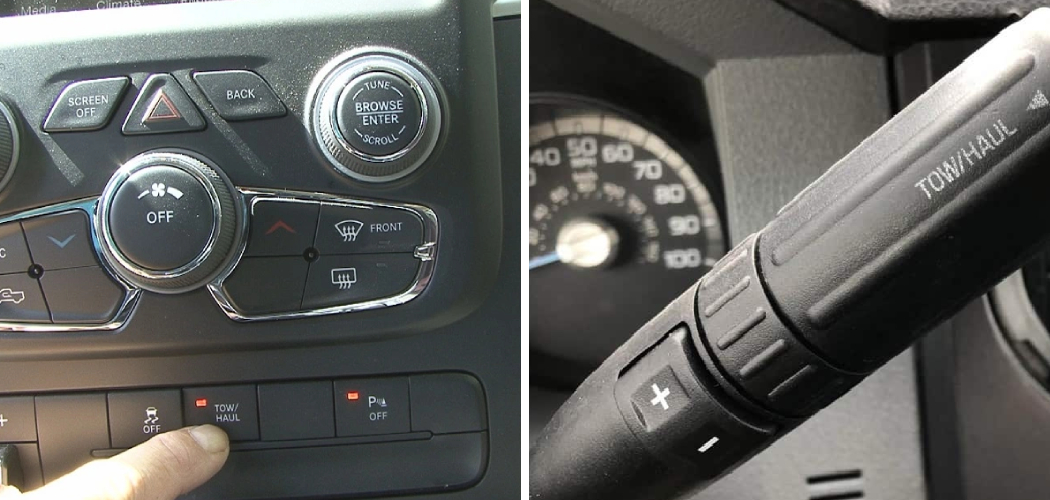Did you return from a long road trip with a rented moving truck or trailer or just your regular vehicle with extra stuff stacked to the brim? Towing and hauling can be a practical yet unfamiliar experience for many drivers. With all your worldly possessions loaded up, hitting the road for your big move, you probably caused more than a few knots in your stomach.
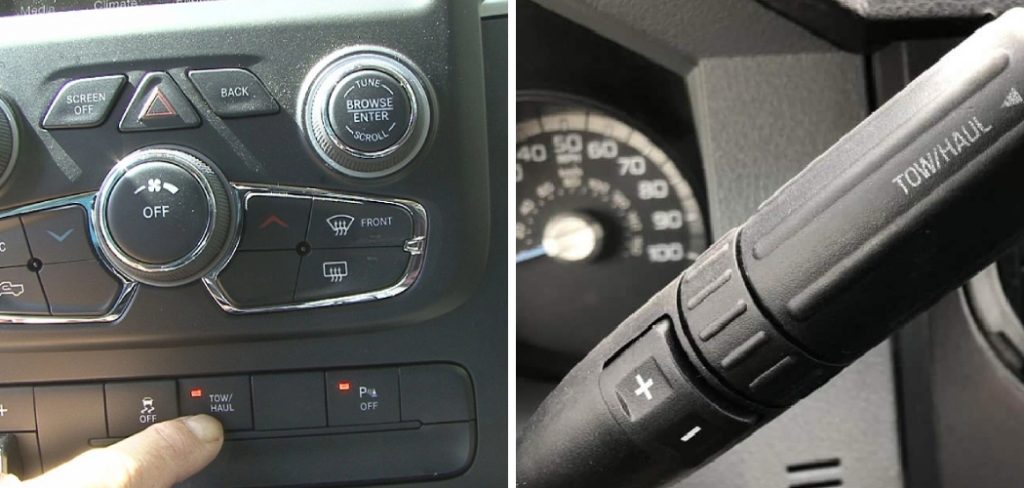
Whether you were towing a U-Haul box truck or just had your roof rack packed to maximum capacity, towing always requires a heightened level of caution and awareness behind the wheel.
Now that you’ve safely arrived at your destination and unloaded everything, you may have noticed your vehicle is still in “tow/haul” mode.
In this post, I’ll explain how to turn tow haul off and back to regular driving.
What Will You Need?
- Your vehicle’s owner’s manual
- Your brakes’ user manual
- A safe place to park your vehicle
Once you’ve everything you need to follow this simple process, it’s time to start.
10 Easy Steps on How to Turn Tow Haul Off
Step 1: Locate the Tow Haul Button
Depending on your vehicle’s make and model, the tow haul button can be found in different locations. It could be on the dashboard, center console, or even on the gear shift lever itself. Refer to your owner’s manual for its exact location. This button is typically labeled as “T/H” or “Tow/Haul”. Recognizing this button is the first step to turning off the tow haul mode.
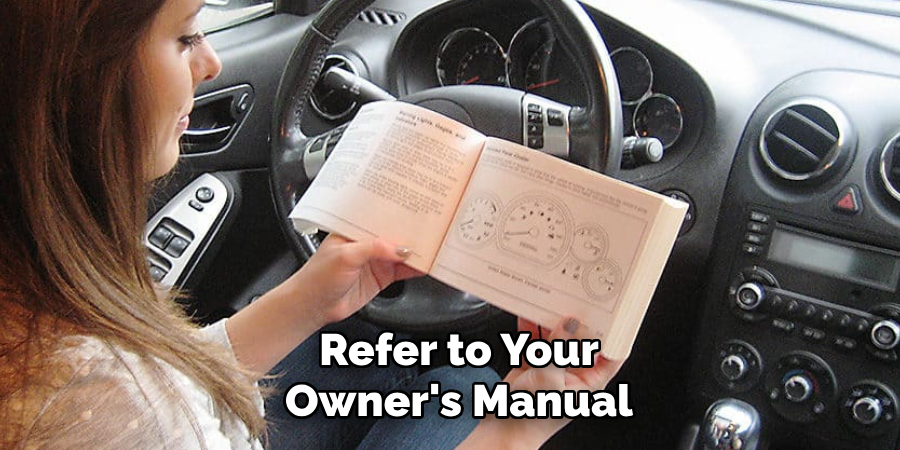
Step 2: Park Your Vehicle Safely
Before changing your vehicle’s settings, ensure you are parked in a safe and secure location. This step is crucial to prevent any unexpected movement of the vehicle during the process. In addition, ensure that your car is in the “Park” or “Neutral” position and that the parking brake is engaged.
Step 3: Press the Tow Haul Button
Now that you have located the tow haul button and ensured your vehicle is securely parked, you are ready to proceed. Press the tow haul button once. In most vehicles, this action should turn off the tow haul mode. You will typically see the tow haul light on your dashboard turn off, confirming that the way has been deactivated. If the light remains on, try pressing the button again or consult your vehicle’s owner’s manual for further guidance.
Step 4: Verify the Mode is Off
After pressing the tow haul button, ensure the tow haul mode has been deactivated. Take a moment to look at your dashboard. The light indicating the activation of the tow haul mode should no longer be illuminated. If the light is still on, try to press the button again or refer back to your vehicle’s owner’s manual. If everything looks good, you’ve successfully turned off tow haul mode. You are now ready to continue driving in normal conditions.
Step 5: Test Drive Your Vehicle

After the tow/haul mode has been deactivated, it’s essential to test drive your vehicle to ensure it is operating normally. Find an open, safe area, such as an empty parking lot, to test your vehicle’s responsiveness and handling. Pay close attention to how your car accelerates, brakes, and handles turns. If you notice anything unusual, it might be necessary to consult a professional.
Step 6: Remember to Switch Off
It’s important to remember that most vehicles’ tow/haul mode doesn’t automatically turn off when you turn off the engine. Therefore, ensure you manually turn off this mode each time you finish towing or hauling. It will prevent unnecessary wear and tear on your vehicle’s transmission and improve your vehicle’s fuel efficiency during regular driving.
Step 7: Regular Maintenance Checks
After turning off the tow haul mode, performing regular maintenance checks on your vehicle is a good idea. Towing and hauling can strain your vehicle’s engine and transmission. Check for any signs of excessive wear or potential damage, such as leaks, unusual noises, or erratic behavior.
You should also check the tire pressure and fluid levels. Schedule an appointment with your mechanic or service center if you find any issues. This precautionary step will ensure your vehicle stays in optimal condition and is ready for your next towing or hauling task.
Step 8: Consult a Professional if Needed
If you’re having trouble turning off the tow/haul mode or if your vehicle shows signs of malfunction after hauling, don’t hesitate to consult a professional. A qualified mechanic can diagnose and fix potential problems before they become serious. Remember, it’s always safer and more cost-effective to address minor issues before they exacerbate into costly repairs.
Step 9: Regularly Review Your Vehicle’s Towing Capacity
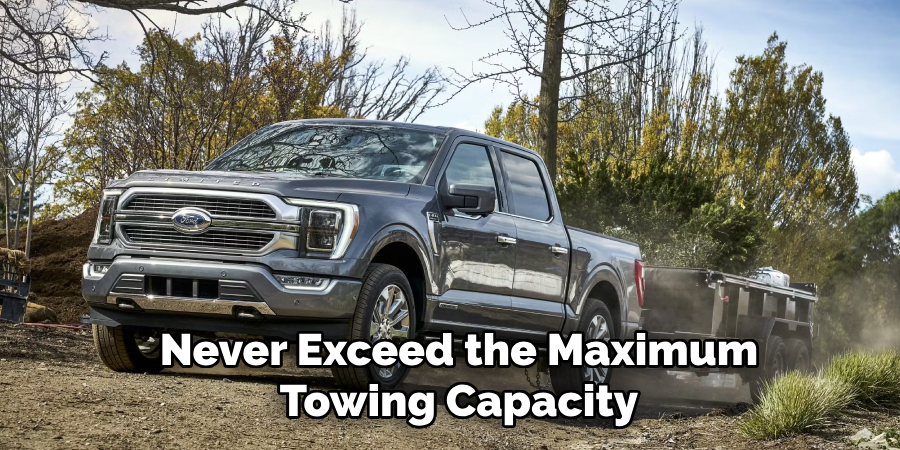
Understanding your vehicle’s towing capacity is essential for safe and efficient towing. Regularly review this information, which can be found in your vehicle’s owner manual. Never exceed the maximum towing capacity, as it can substantially damage your vehicle’s transmission, brakes, and engine. Adhering to your vehicle’s towing capacity will ensure safe and efficient towing and prolong the longevity of your car.
Step 10: Enjoy Your Drive
Now that you have successfully turned off tow haul mode and made the necessary checks, it’s time to enjoy your drive. Remember, turning off the tow haul mode is not challenging and is something every driver should be familiar with. It helps maintain the condition of your vehicle and contributes to a safer, smoother, and more fuel-efficient drive. Remember to repeat these steps the next time you’re done with towing or hauling. Safe driving!
By following these simple steps, you can quickly turn off the tow haul mode in your vehicle and ensure its optimal performance.
5 Additional Tips and Tricks
Tip 1: Familiarize Yourself with Your Vehicle’s Features
Take time to understand all the features of your vehicle. The more familiar you are with its capabilities and functions, the easier it will be to navigate situations like turning off the tow haul mode.
Tip 2: Keep the Owner’s Manual Handy
Your vehicle’s owner’s manual is a wealth of information. Keep it accessible for reference whenever you need detailed information on operating or maintaining your vehicle.
Tip 3: Check for Any Software Updates
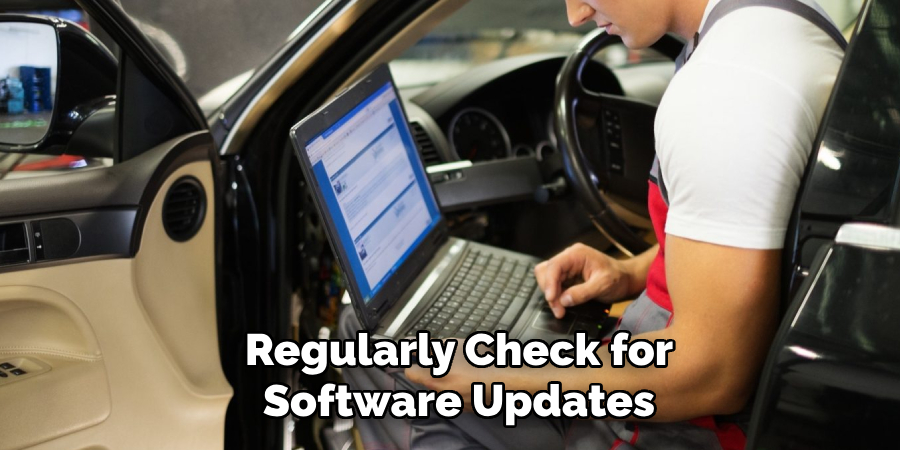
Regularly check for software updates that may improve your vehicle’s performance and safety features. These updates often address minor issues and can prevent potential problems.
Tip 4: Practice Makes Perfect
To get comfortable with towing and hauling, practice in a safe and controlled environment first. This will help you understand how your vehicle handles different situations and give you the confidence to tackle longer trips.
Tip 5: Invest in Quality Towing Equipment
Investing in high-quality towing or hauling equipment can significantly impact your experience. Not only does it provide added safety measures, but it also helps prolong the life of your vehicle.
With these additional tips and tricks, you can ensure a smoother and safer towing or hauling experience with your vehicle.
5 Things You Should Avoid
Avoid 1: Neglecting to Turn Off Tow/Haul Mode
Remember to turn off the tow/haul mode after hauling or towing. Leaving it on can cause unnecessary wear and tear on your vehicle’s transmission and reduce fuel efficiency.
Avoid 2: Ignoring the Vehicle’s Owner’s Manual
The owner’s manual is your vehicle’s bible. Neglecting to refer to it when needed can lead to misuse of vehicle features, including the tow/haul mode. Always consult it for accurate guidance.
Avoid 3: Overloading Your Vehicle
Exceeding your vehicle’s towing capacity is a dangerous mistake. It can cause damage to your vehicle’s engine, transmission, and brakes and compromise your safety on the road.
Avoid 4: Skipping Regular Vehicle Maintenance
Regular maintenance checks are crucial to keeping your vehicle in optimal condition, especially if you frequently haul or tow. Skipping these checks can lead to serious, unnoticed issues that could result in costly repairs.
Avoid 5: Using Low-Quality Towing Equipment
Investing in high-quality towing equipment is a must. Using cheap, substandard equipment damages your vehicle and poses a significant safety risk.
Avoiding these common mistakes will ensure a safer and more efficient towing and hauling experience, prolonging the lifespan of your vehicle.
Conclusion
In conclusion, learning how to turn tow haul off is a simple yet essential skill for a driver. By understanding the function and purpose of the tow haul mode, you can utilize it effectively and know when to turn it off. However, remember that it is not a substitute for safe driving practices and should only be used in specific situations. Whether you are a novice or experienced driver, towing or hauling a load, knowing how to manage your vehicle’s gear ratios properly can improve your driving experience.
So, next time you see the tow haul mode button on your gearshift or steering wheel, don’t hesitate to try it and see the difference it makes in your vehicle’s performance. And if you haven’t already, now is the perfect time to go out and practice turning tow haul off in different situations to become more confident in your skills as a driver. Remember: safety should always be your top priority on the road.
So buckle up, turn the tow haul off when necessary, and enjoy the journey ahead with peace of mind!

